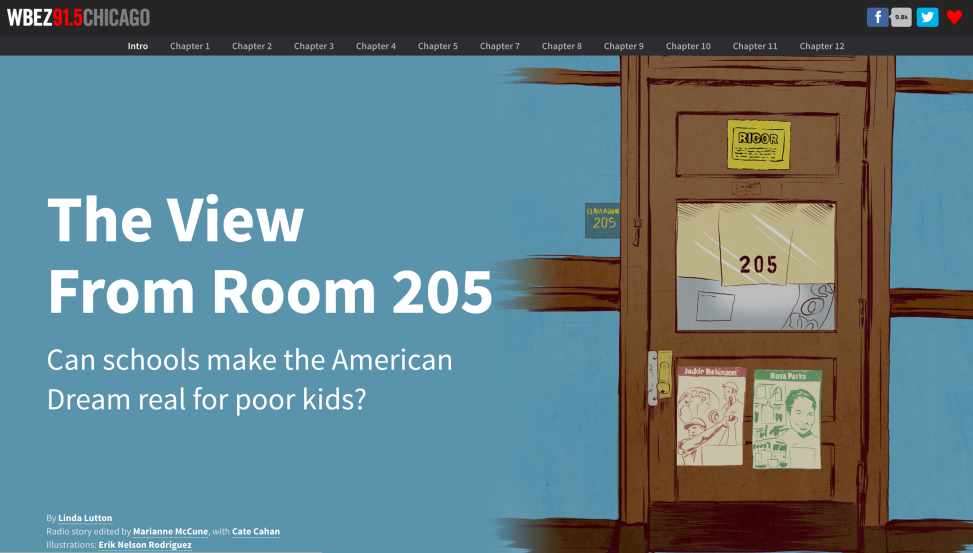The latest data from the National Center for Education Statistics’ “The Condition of Education 2013” report, released in May, shows that one in five schools was considered high poverty in 2011, an increase from one in eight in 2000. More than 16 million children live in poverty in the U.S. At City Connects, we continue to believe that the until we address poverty and the myriad ways it impacts a child’s ability to learn and thrive, the achievement gap will persist.
Today, former Massachusetts Secretary of Education Paul Reville has a commentary in Education Week advocating a “massive redesign” of the education system. Our current model is not working, he writes, and schools alone are not equipped to confront the many challenges of poverty:
I believe that our experience demonstrates, as Richard Rothstein and others have argued, that schools alone, conceived in our current early-20th-century model, are too weak an intervention, if our goal is to get all students to high levels of achievement. Even when optimized with high expectations, strong curriculum, and expert instruction, today’s schools have not proven powerful enough by themselves to compensate for the disadvantages associated with poverty. Of course, there are notable exceptions of individuals and schools defying the odds, but these schools are isolated examples at the margin. We have not been able to scale up their success. The exceptions have not proven a new rule, though some practices have shown promise. The gaps, on average, persist. After 20 years of school reform experience, the data don’t lie.
His ideal 21st-century school would “[meet] every child where he or she is, [provide] education and support beginning in early childhood, and [include] postsecondary learning.” Reville writes that this new model “should not mass-produce education, but should tailor the education to the individual, much as a health-care system does.”
At City Connects, we tailor our work to the individual strengths and needs of every child in a school across four areas: academics, social/emotional/behavioral, health, and family. Each student in a school is connected to a set of services and enrichment activities that address his or her unique needs. Evaluation of our work shows that by addressing the in- and out-of-school factors impacting students, they are better able to achieve in school–even if that school is high-poverty.
For more information:



